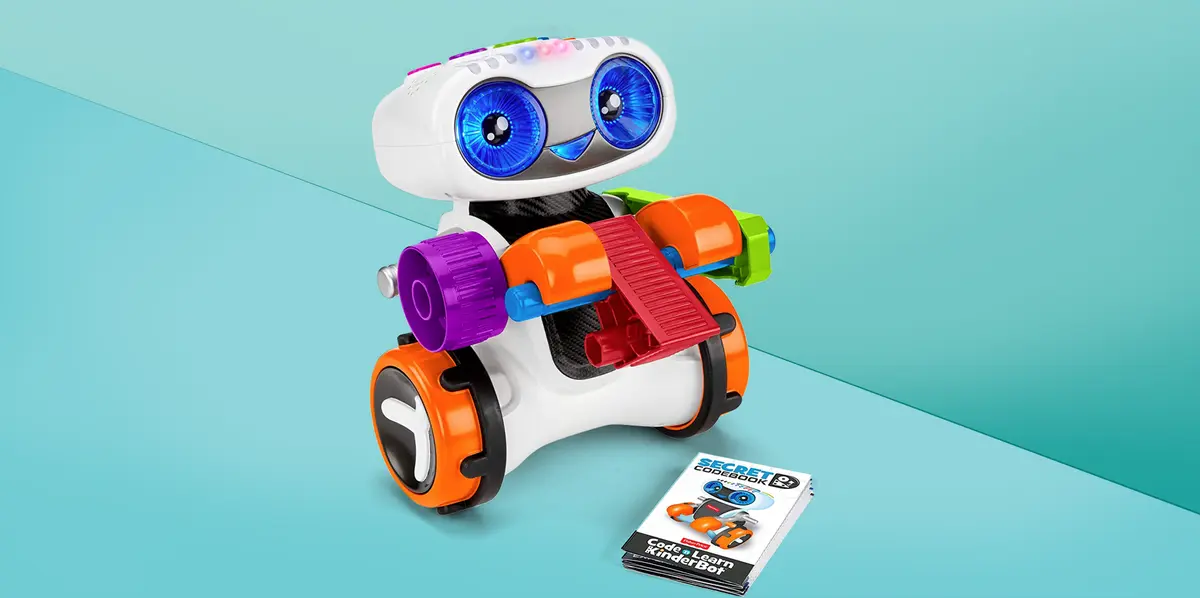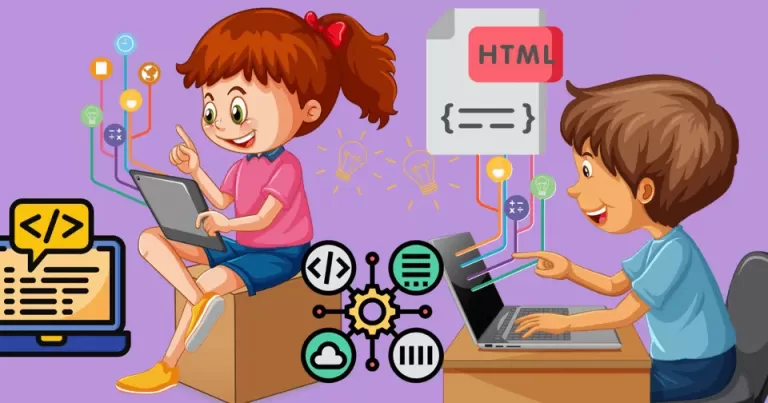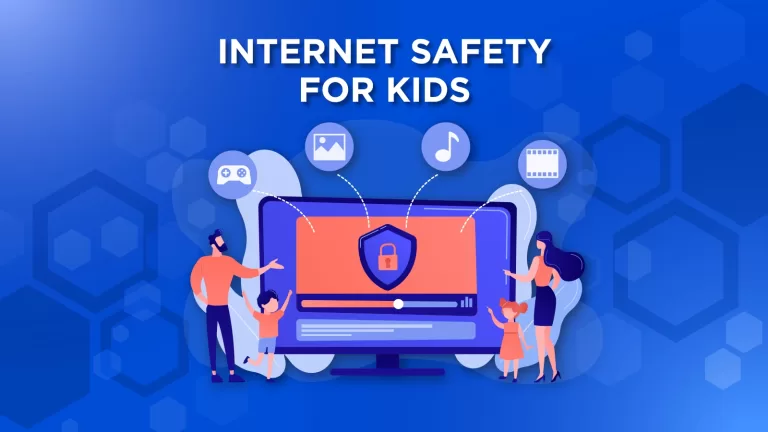
Benefits of STEM toys
This page may contain affiliate links. If you choose to purchase after clicking a link, I may receive a commission at no extra cost to you.
What are STEM toys?
STEM toys are Science, Technology, Engineering, and Math based toys geared towards curiosity, learning, and education. STEM-related toys and products are important to help kids develop useful skills in areas in which the career industry is continually seeing growing in.
What age are STEM toys for?
Science Technology Engineering and Math (STEM) gifts are aimed at ages 5 through 12.
Why are STEM toys important?
STEM toys are designed to spark curiosity and creativity in children, and to help them develop skills such as problem-solving, critical thinking, collaboration and communication. These are fields that are essential for innovation and progress in the modern world.
STEM toys can range from simple building blocks and puzzles to more complex robotics and coding kits. They can also include books, games, apps and online platforms that encourage learning and exploration. STEM toys can expose children to different concepts and topics that they may not encounter in their regular school curriculum, such as astronomy, ecology, electronics and more.
STEM toys are important because they can foster a lifelong interest and passion for STEM subjects in children. They can also prepare them for future careers and challenges that require STEM skills and knowledge. According to a report by the World Economic Forum, 65% of children entering primary school today will end up working in jobs that do not exist yet. Many of these jobs will likely involve STEM fields, such as artificial intelligence, biotechnology, renewable energy and more.
By playing with STEM toys, children can discover their talents and passions, and develop a positive attitude towards learning and discovery. They can also have fun and enjoy the process of creating, experimenting and solving problems. STEM toys can inspire children to become the innovators and leaders of tomorrow.
How effective are STEM toys?
There is no definitive answer to this question, as different STEM toys may have different effects on different children. However, some general factors that may influence the effectiveness of STEM toys are:
- The quality and design of the toy. A well-made and engaging toy can stimulate curiosity and creativity, while a poorly-made or boring toy can discourage exploration and experimentation.
- The age and developmental stage of the child. A toy that is too easy or too hard for a child can frustrate or bore them, while a toy that is appropriate for their level can challenge and motivate them.
- The context and support of the toy use. A toy that is used in a supportive and enriching environment, such as a classroom or a family setting, can enhance learning and enjoyment, while a toy that is used in isolation or with pressure can hinder learning and enjoyment.
- The interest and attitude of the child. A toy that matches the child’s interests and preferences can spark their enthusiasm and passion, while a toy that does not appeal to them can turn them off from STEM subjects.
Therefore, STEM toys are not a magic bullet that can guarantee STEM success for every child. They are tools that can facilitate learning and fun, but they also depend on other factors such as quality, suitability, context and interest. Parents and educators should consider these factors when choosing and using STEM toys for their children, and also encourage other forms of STEM exposure and engagement, such as books, games, experiments, field trips and mentors.
Are STEM toys good for autism?
Many parents and educators wonder if STEM toys are good for children with autism spectrum disorder (ASD). ASD is a developmental condition that affects how people communicate and interact with others. People with ASD may have different strengths and challenges than neurotypical people.
There is no definitive answer to whether STEM toys are good for autism, as every child is unique and has their own preferences and interests. However, some possible benefits of STEM toys for children with autism are:
- They can stimulate curiosity and creativity, which are important skills for learning and development.
- They can provide opportunities for social interaction and collaboration, which can help children with ASD improve their social skills and confidence.
- They can offer structure and clear goals, which can reduce anxiety and frustration for children with ASD who may struggle with ambiguity and uncertainty.
- They can cater to different learning styles and abilities, as STEM toys often have multiple levels of difficulty and ways to play.
- They can foster a sense of achievement and pride, which can boost self-esteem and motivation for children with ASD.
Of course, not all STEM toys are suitable or appealing for every child with autism. Some factors to consider when choosing a STEM toy for a child with ASD are:
- The age and developmental level of the child
- The interests and passions of the child
- The sensory needs and preferences of the child
- The level of guidance and support the child requires
- The quality and safety of the toy
In conclusion, STEM toys can be good for autism, depending on the individual child and the toy. They can offer many benefits for learning and development, as well as fun and enjoyment. However, they are not a substitute for professional intervention or therapy, and they should be used in moderation and balance with other activities.
Are STEM toys expensive?
If you’re looking for a gift for a curious kid who loves science, technology, engineering and math (STEM), you might be wondering if STEM toys are expensive. After all, some of these toys look like they belong in a lab or a workshop, not in a playroom. But don’t worry, you don’t have to break the bank to buy a STEM toy that will spark your child’s imagination and creativity.
STEM toys come in a wide range of prices, from under $10 to over $100. The price depends on many factors, such as the complexity, the quality, the brand and the features of the toy. Some STEM toys are simple and low-tech, like building blocks, puzzles or magnets. Others are more advanced and high-tech, like robots, drones or coding kits. The good news is that there is something for every budget and every interest.
Of course, price is not the only thing to consider when choosing a STEM toy. You also want to make sure that the toy is age-appropriate, engaging and educational for your child. You want to find a toy that will challenge your child’s skills and knowledge, but not frustrate them or bore them. You want to find a toy that will inspire your child to explore, experiment and learn new things.
So how do you find the best STEM toy for your child? Here are some tips:
- Read reviews and ratings from other parents and experts. You can find them online or in magazines.
- Ask for recommendations from your child’s teachers or friends who have similar interests.
- Visit a local toy store or library and see what STEM toys they have available. You can also try them out before buying them.
- Compare prices and features of different STEM toys online or in catalogs.
- Look for discounts, coupons or sales on STEM toys during holidays or special occasions.
STEM toys are not only fun and entertaining, but also beneficial for your child’s development. They can help your child develop critical thinking, problem-solving, creativity and collaboration skills. They can also spark your child’s interest in STEM subjects and careers. So don’t let the price tag scare you away from buying a STEM toy for your child. You can find a great STEM toy that fits your budget and your child’s needs.
Check out all STEM toys on Amazon.com








Leave a Comment